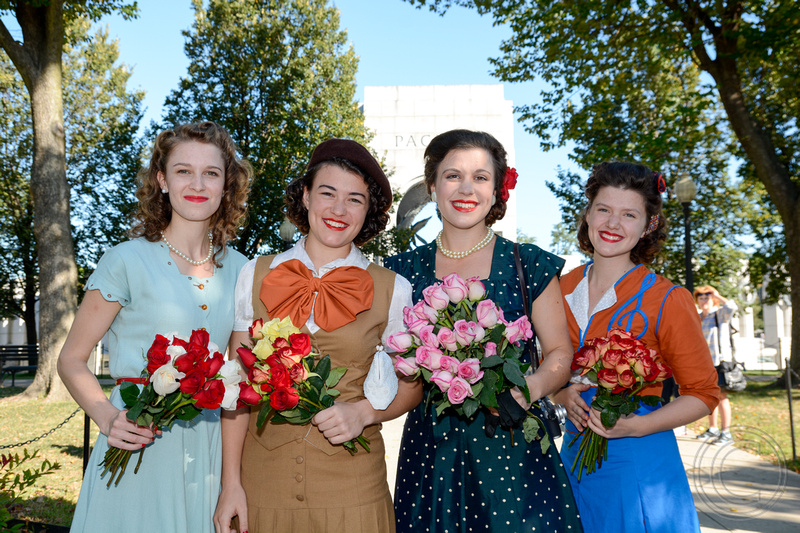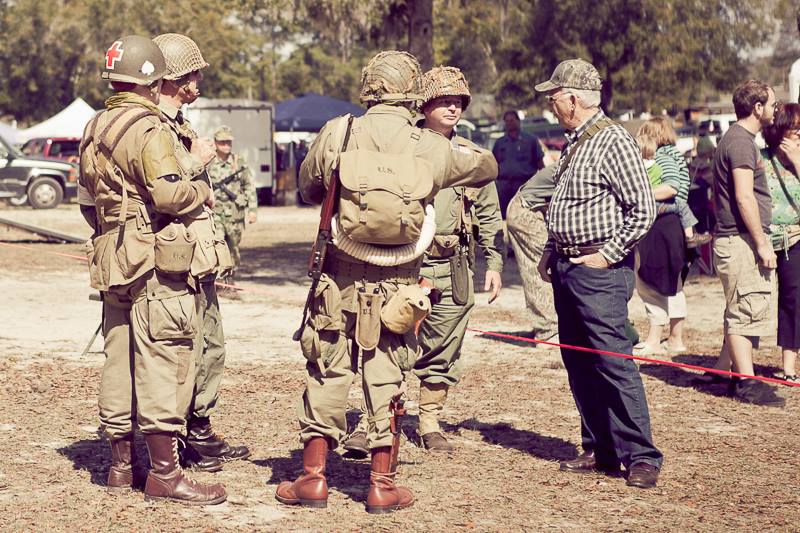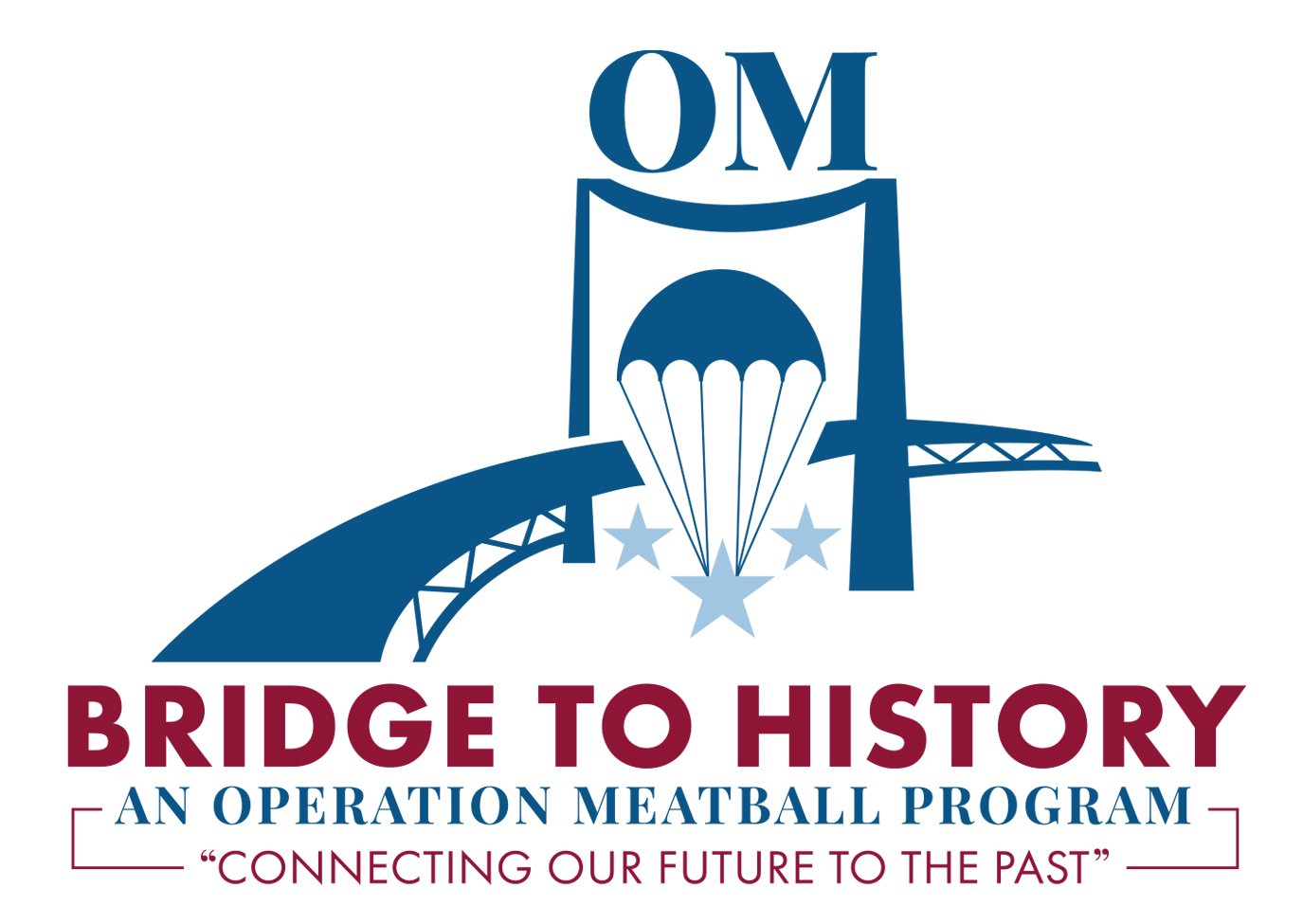The Happiest Millionaire
/Happiness is one of the greatest bonuses in life. Part of being happy is being grateful. When we were tiny tykes, our dad told us all the time, “Grateful people are never bitter. You only become bitter when you stop being grateful.” I think about this a great deal, especially in a world where gratitude is largely forgotten.
One of the most grateful people I have met is WWII Marine Air Corps veteran Lt. Col. Arthur Arceneaux. We met Mr. Arceneaux this last September at the WWII Museum in New Orleans. He talked with us for a quite a while, telling us amazing stories of flying Corsairs and Hellcats. But at the end of each story, he would finish by saying, “I’ve had the best life... Just the best life.”
Born in 1923 to an immigrant family, Mr. Arceneaux grew up in a small town outside of New Orleans. During the great depression he said they didn’t have much money, and it was hard work to keep it all together, but he never knew they were poor because, with a tight-knit family and plenty of food, they never wanted anything. “My father was a saint." he said. “Every night he would kneel and pray.” He never heard his dad swear, and only once did he take a whipping from him. His mother was a strong, fiercely tenacious woman. Born on a ship from Sicily to Louisiana, she raised her children as very patriotic Americans.
With no college or much education, he enlisted into the Marine Air Corps July 15, 1942, at the age of 18. It was a “gimmick” he told us. At that time in the Air Corps, they were accepting any applications, needing man power more than experience. The result: many men died for lack of training. But for him, flying was a passion. Ever since he was a kid, he had wanted to fly. When he was accepted into the Marine Air Corps, he was thrilled beyond imagination. His father wasn’t sure at first, wanting him to be a farmer, but ultimately became very proud of his son.
For the next couple of years, he was stationed in the Pacific, flying all over. At one point during the Battle of Okinawa, he was hot on the trail of a Japanese Zero. As he was nearing it, he began to close in on an American cruiser. The cruiser radioed to him to clear out and let them take the Zero down or else he too would be shot. Being a “hotheaded” fellow, he had to get that Zero. Just when he was about to reach his target, he came too close to the guns of the cruiser and was hit. Crashing his plane into ocean, he waited two hours before he was picked up by an American submarine, to his great relief. But after spending 4 days on the sub, he was ready to get off: Tight quarters, no fresh air, and no sleep whatever with music at random hours and megaphone announcements at 4 in the morning.
Many times throughout the war his life was spared. Once during training on a practice emergency parachute jump, his foot tangled in the cords and he was nearly killed as he went tumbling by all his buddies. Last minute he was able to untangle and pull the cord for the parachute to open. . . just in time. After that he never wanted to jump again. Another time, he was so focused on taking down the enemy plane in front of him that he didn't see the Zero locked on his tail. He was shouting with excitement over his victory when his wingman and buddy Bill Campbell took out the Zero and saved his life. They had practically grown up together in the Marines and were the best of friends. But Bill was shot down the next week. Mr. Arceneaux said he sobbed like a baby at 10,000 feet over the loss.
Mr. Arceneaux told us so many stories and each one needs a full article. After the war, he stayed in the Marine Air Corps until 1963, serving in both Korea and the beginning of Vietnam war. But his service in WWII is really what he is proud of, considering that time to be the defining time in his life.
At the end of the day, Mr. Arceneaux is content and grateful and happy with his life: his time in the military, his wife, his children, his work, his friends. . . everything. “I wasn’t smart, but everything came to me,” he said. “I had a storybook life.” Even what could have been the most difficult time for him, he considers to be one of the greatest gifts he ever received: the opportunity to give back to the woman who had been shared his life for 68 years. When his wife became very ill, she asked him not to put her in a home, and he promised her he would take care of her himself. It was very hard. He concluded emphatically that nursing his wife “was the best time of my life.”
We recently passed through Louisiana and had to make a stop to visit Mr. Arceneaux.
Mr. Arceneaux is a millionaire, not in the financial sense, but because he is rich in perspective, love, and gratitude. He has chosen to be grateful for everything that has happened to him. Hard times made him who he is and prepared him for the future. Physical pain doesn't discourage him, but reminds himself of all that he IS able to do. He has four wonderful children, four grandchildren, and four great-grandchildren. Mr. Arceneaux is an example to everyone who meets him that gratitude will not only keep you young, but will give you the greatest joy and satisfaction in life. Mr. Arceneaux is the happiest millionaire.










